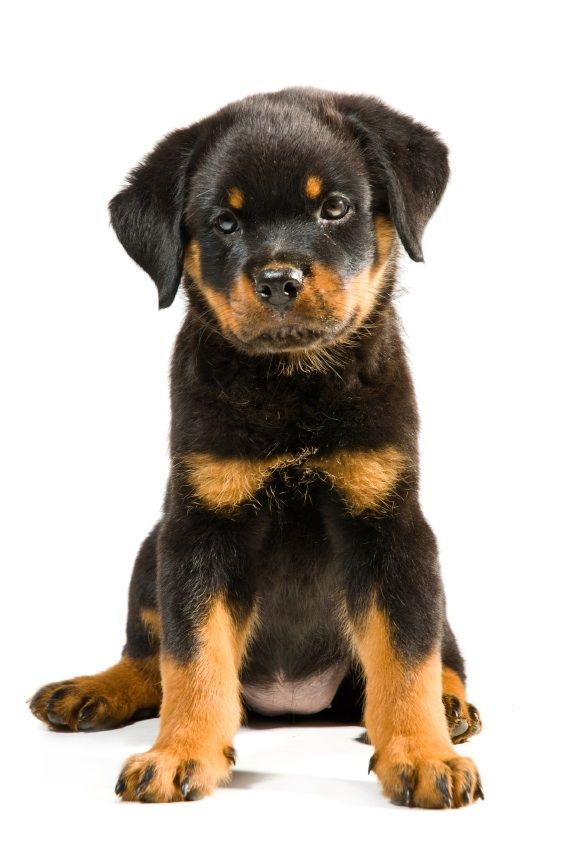Hair Loss In Dogs Causes

If you would like to learn more how alopecia affects cats please visit.
Hair loss in dogs causes. Although hair loss may seem like a more prominent problem in men women are nearly as likely to lose or have thinning hair. There are several diagnostic tests your veterinarian may want to perform. Allergies are a frequent trigger for hair loss in dogs. Ringworm a fungus can be transferred to dogs from humans and vice versa.
There are lots of reasons dogs may lose hair also called alopecia from infection to irritation caused by parasites. Common causes and treatments. You should see your veterinarian to get a. Most women notice it in their 50s or 60s but it can happen at any age.
In dogs hair loss and scratching are both frequent causes of vet visits. Treat ringworm by using an anti fungal lotion or pet shampoo for mild cases or with a lime sulfur dip for severe cases. Symptoms of ringworm include circular or irregular hair loss inflammation and infected crusts. Alopecia can affect dogs and cats of all ages breed and gender and is either gradual or acute.
During spring dogs lose most of their winter coats. With ringworm you would typically see hair loss on the head ears belly front paws and tail. Treatments for hair loss include medications such as propecia and rogaine hair replacements and hair. Bacterial or fungal infections such as in the case of ringworm which is actually a fungus can also be attributed to hair loss in dogs.
A few of the more common reasons include. Along with hair loss around the ears eyes abdomen and chest signs your dog may have mites or fleas ticks include inflammation itching and redness. The hair loss forms a circle. There are various causes of hair loss in dogs especially as they age which may be attributable to infections ringworm for example parasites hormonal conditions cushing s disease allergies excessive grooming among other causes.
The fungus lives in the hair follicles which causes the hair loss. In some breeds hair loss occurs for no apparent reason and therefore cannot be treated as its cause is unknown usually referred to as alopecia x. Hair loss in dogs gets activated through hormonal changes and rising temperatures when moving from winter to spring as the dog s body prepares itself to cope with warmer summer weather. Dog hair loss will occur in most shedding dogs as part of their normal seasonal change in spring and autumn.
It can affect a dog s skin its endocrine system its lymphatic system and its immune systems. Hair loss alopecia is a common disorder in dogs which causes the animal to have partial or complete hair loss.
















































